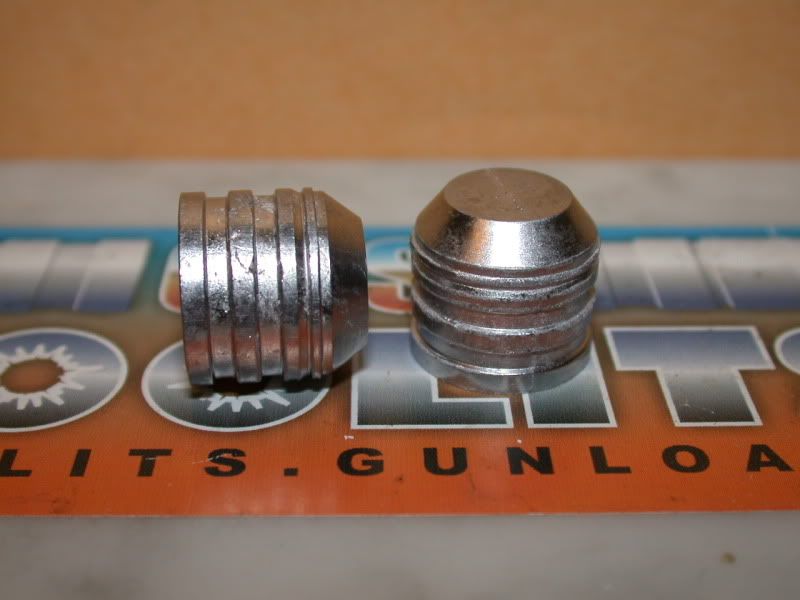Hi all, 12/2/11
I've had such good luck with Accuratemold's products in .45 and 9mm that I would like to order a fullbore slug mold for my Remington 870 12 gauge rifled barrel. My question is on the diameter of the slug mold. Do I order a mold that's .001-.002 inches larger than the slugged bore like with pistols or just order one that is the same size as the bore (alloy will be air cooled wheel weights with 2% tin)? I emailed Tom at Accuratemolds with the same question and he said it was best to run it by you folks here at CB. I tried the search function and didn't have much luck either. Thanks.
best wishes- oldandslow

|
   
   
|


|



 Reply With Quote
Reply With Quote






















